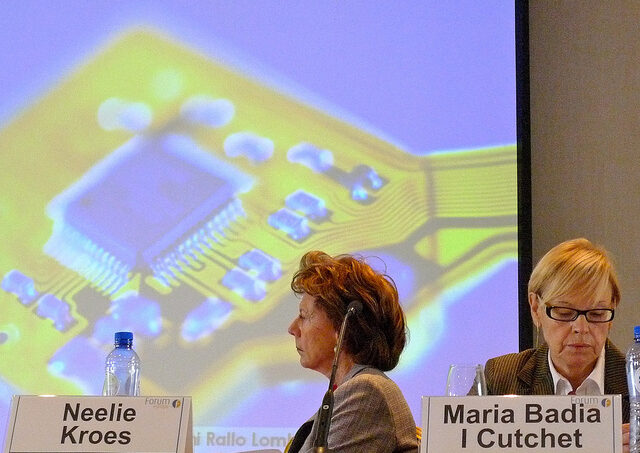Many organisations are coming up with their own internal policy and guidelines for data sharing. However, for data sharing between organisations to be straight forward, there needs to a common understanding of basic policy and practice. During her time as an OII Visiting Associate, Alison Holt developed a pragmatic solution in the form of a Voluntary Code, anchored in the developing ISO standards for the Governance of Data. She discusses the voluntary code, and the need to provide urgent advice to organisations struggling with policy for sharing data. Collecting, storing and distributing digital data is significantly easier and cheaper now than ever before, in line with predictions from Moore, Kryder and Gilder. Organisations are incentivised to collect large volumes of data with the hope of unleashing new business opportunities or maybe even new businesses. Consider the likes of Uber, Netflix, and Airbnb and the other data mongers who have built services based solely on digital assets. The use of this new abundant data will continue to disrupt traditional business models for years to come, and there is no doubt that these large data volumes can provide value. However, they also bring associated risks (such as unplanned disclosure and hacks) and they come with constraints (for example in the form of privacy or data protection legislation). Hardly a week goes by without a data breach hitting the headlines. Even if your telecommunications provider didn’t inadvertently share your bank account and sort code with hackers, and your child wasn’t one of the hundreds of thousands of children whose birthdays, names, and photos were exposed by a smart toy company, you might still be wondering exactly how your data is being looked after by the banks, schools, clinics, utility companies, local authorities and government departments that are so quick to collect your digital details. Then there are the companies who have invited you to sign away the rights to your data and possibly your…
For data sharing between organisations to be straight forward, there needs to a common understanding of basic policy and practice.










